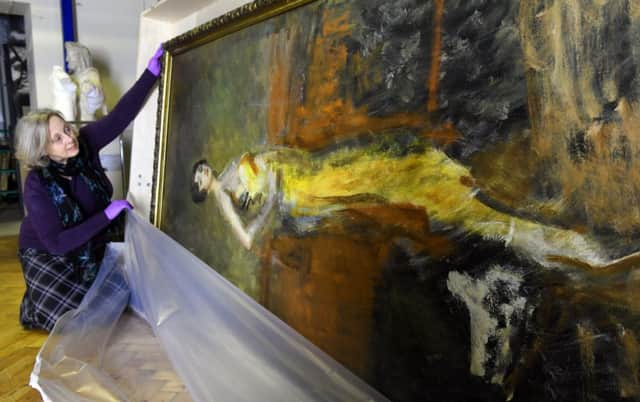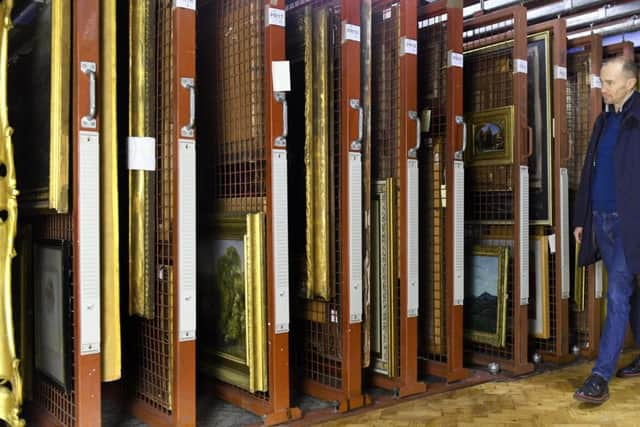Reemergence of the English master locked away in Yorkshire’s municipal art galleries


Considered one of the “lost” British artists of the early 20th century, the once-fashionable West Country portraitist whose subjects included Churchill, Queen Mary and most of the society figures of the 1920s, was almost forgotten in the aftermath of the Second World War.
However, a chance discovery at a Sheffield gallery led to an exhibition in London that has brought him to the notice of a new generation.
Advertisement
Hide AdAdvertisement
Hide AdA portrait of the lofty socialite Alice Grosvenor, Viscountess Wimborne, piqued the interest of the art dealer and writer, Philip Mould. He noticed it had been misidentified as Alice, Lady Cranborne, and that McEvoy had submitted to his subject’s vanity by painting over her gown and replacing it with a different one.


The repair work created what Mr Mould called an “energetic underlayer”, and he set to work on a retrospective exhibition at his gallery in Pall Mall, which has just ended.
But to populate it, his researchers found themselves scouring the public collections of Bradford, Hull, Sheffield and other cities, where most of McEvoy’s work had been hidden away for decades.
“All these public art galleries bought his works to put on display, and then after the war they put them into storage and never took them out again,” said Lydia Miller, who worked with Mr Mould and who is researching McEvoy for her doctorate at the University of York.
Advertisement
Hide AdAdvertisement
Hide AdBradford bought more McEvoys than anyone else, after his widow, the painter Mary Edwards, went on a selling spree following his death, aged 48, in 1927, but the reason is unclear.
“They are on record as having been gifted, but there are letters indicating that Bradford went on a massive buying spree and ended up with a vast collection, in the space of two years,” Ms Miller said. She speculated that McEvoy’s friendship with the Bradford-born artist William Rothenstein, was a possible reason for the city’s interest. However, none of the paintings there have been displayed for years, and curators had to take them out of storage at Cartwright Hall for them to be seen in London.
“The number of McEvoys not on show is absolutely phenomenal,” Ms Miller said. “The Ferens Art Gallery in Hull is one of the few places to have him on permanent display.”
Mr Mould named his exhibition after a letter from one of McEvoy’s clients, referring to the “divine people” he had painted. But Ms Miller said the values of the 1920s it betrayed may have contributed to the years of neglect that followed.
Advertisement
Hide AdAdvertisement
Hide Ad“After the war, people didn’t want to look backwards at the glamour of a bygone era,” she said. “Britain wanted to move forward, and as a result, McEvoy was written out of art history.”
Yet his work may have been ahead of its time, especially in his treatment of his female subjects like Alice Grosvenor, she added.
“He was empowering women at a time when other artists just weren’t.”